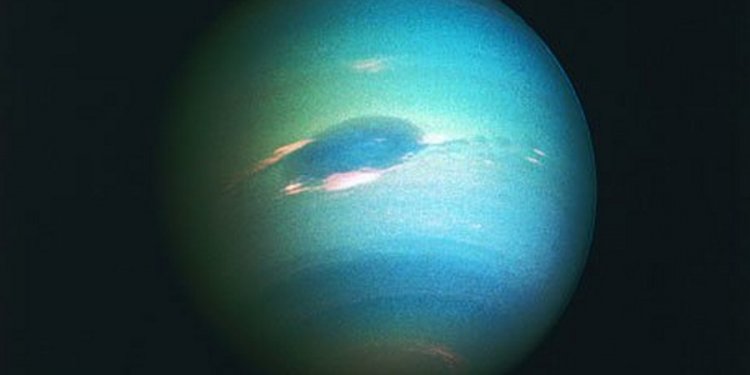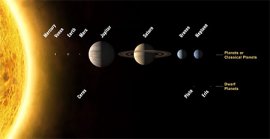
List of Astronomers and their discoveries
Nearly eighty years ago an astronomer working at the Lowell Observatory in the United States made a discovery that would ultimately initiate a dramatic change in the way we look at our Solar System. The young astronomer was Clyde Tombaugh, an observing assistant working at the observatory made famous by the great astronomer Percival Lowell. Tombaugh was continuing the search for an elusive planet – planet X – that Lowell had believed (incorrectly) to be responsible for perturbing the orbits of Uranus and Neptune.
Within a year, after spending numerous nights at the telescope exposing photographic plates and months tediously scanning them for signs of a planet, Tombaugh saw what he was looking for. At around 4pm on the afternoon of 18 February 1930 Tombaugh began comparing two plates taken in January that year showing a region in the constellation of Gemini. As he flicked from one plate to the other, trying to see if something moved slightly between the two (the tell-tale sign of the planet he was hunting), he spotted something. In one part of the frame a small object flitted a few millimetres as he switched between the two plates. Tombaugh had found his new planet! (Stern & Mitton, 2005)
The changing landscape of the Solar System

The object Tombaugh had discovered was named Pluto, a name officially adopted by the American Astronomical Society, the Royal Astronomical Society in the UK and the IAU. It is a frigid world, billions of kilometres from Earth, and 30 times less massive than the then-smallest known planet, Mercury. But Pluto was not alone. It was found to have five satellites. The largest, Charon, was discovered in 1978. The smaller four were discovered using the Hubble Space Telescope in 2005, 2011 and 2012 and officially named Nix, Hydra, in early 2006 (read more), Kerberos and Styx in 2013 (read more) by the IAU.
The view of our Solar System's landscape began to change on August 30, 1992 with the discovery by David Jewitt and Jane Luu from the University of Hawaii of the first of more than 1000 now known objects orbiting beyond Neptune in what is often referred to as the transneptunian region. More generally these bodies are often simply labelled as Trans-Neptunian Objects (TNOs).
With so many Trans-Neptunian Objects being found, it seemed inevitable that one or more might be found to rival Pluto in size. On the night of the 21 October 2003, Mike Brown from Caltech, Chad Trujillo from the Gemini Observatory and David Rabinowitz from Yale University were using a telescope and camera at the Palomar Observatory in the US to search the edge of the Solar System. That night they imaged a region of sky showing an object moving relative to the background stars. Later analysis showed that they had discovered another cold world, around 2500 km across, orbiting the Sun. Subsequent observations showed that the new object, initially named 2003 UB313 according to the International Astronomical Union's protocol on the initial designation of such objects, was more massive than Pluto and that it too had a satellite (read more). With an object larger and more massive than Pluto now beyond Neptune and ever more of these Trans-Neptunian Objects being discovered, astronomers were beginning to ask: "Just what constitutes a planet?"
A new class of objects and how to define a planet
The IAU has been responsible for the naming and nomenclature of planetary bodies and their satellites since the early 1900s. As Professor Ron Ekers, past president of the IAU, explains:
Such decisions and recommendations are not enforceable by any national or international law; rather they establish conventions that are meant to help our understanding of astronomical objects and processes. Hence, IAU recommendations should rest on well-established scientific facts and have a broad consensus in the community concerned.(read the full article on page 4 of the IAU GA Newspaper)
The IAU decided to create a committee to gather opinions from a broad range of scientific interests, with input from professional astronomers, planetary scientists, historians, science publishers, writers and educators. Thus the Planet Definition Committee of the IAU Executive Committee was formed and quickly went about preparing a draft resolution to put to the members of the IAU. After the final meeting in Paris the draft resolution was completed. One crucial aspect of the resolution is described by Professor Owen Gingerich, Chair of the IAU Planet Definition Committee: "On the scientific side, we wanted to avoid arbitrary cut-offs simply based on distances, periods, magnitudes, or neighbouring objects". (read more in the IAU GA Newspaper, starting on page 4)
















